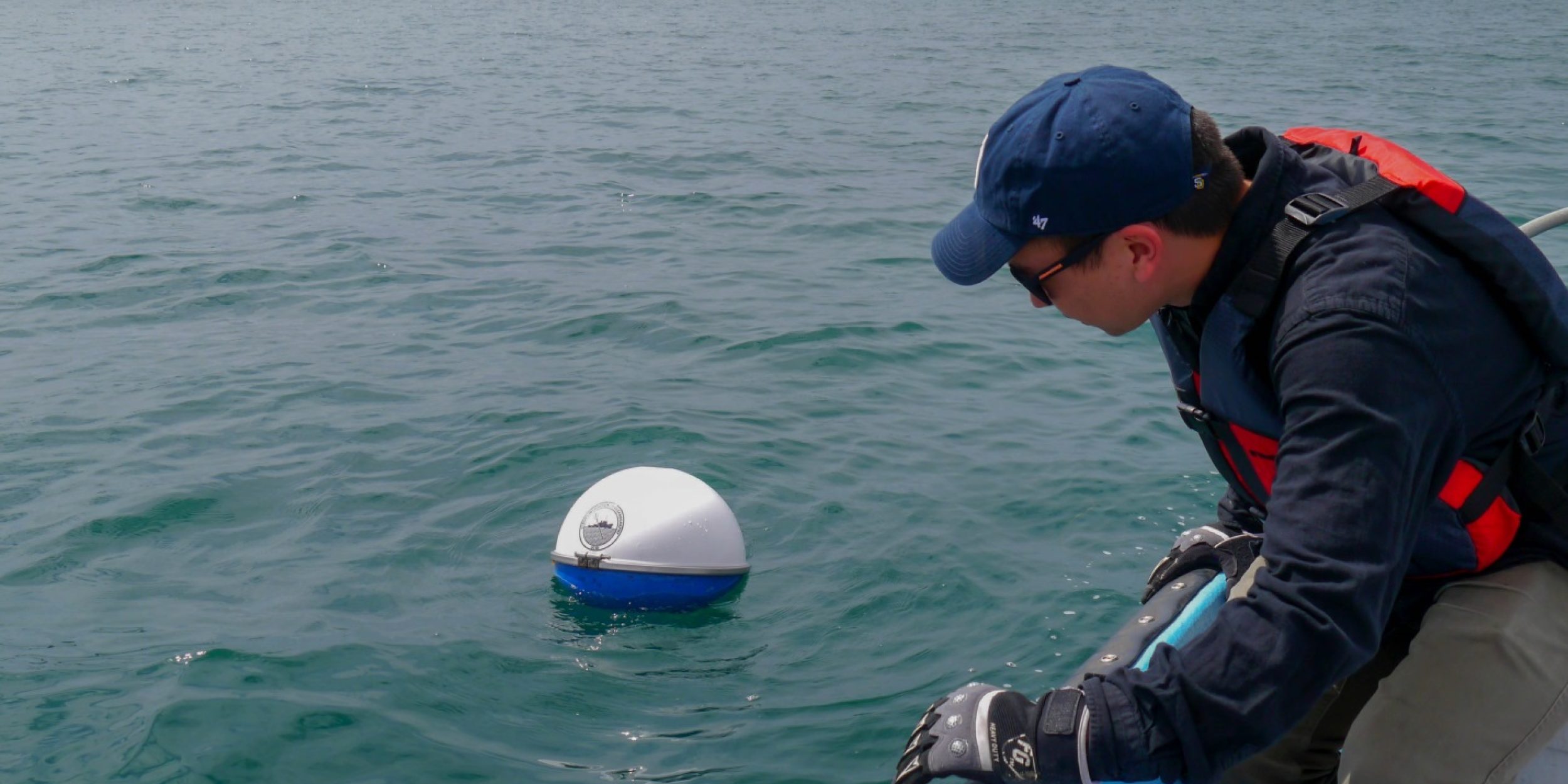News release from Scripps Institution of Oceanography:
The Lagrangian Drifter Laboratory (LDL) at the Scripps Institution of Oceanography (SIO) is releasing a new type of drifter, the Directional Wave Spectra (DWS) Drifter. This drifter will measure the directional properties of waves using the Global Positioning System (GPS). The new drifter is a part of the Global Drifter Program (GDP), which fills a unique role in the Global Ocean Observing System (GOOS). The drifters measure sea surface temperature (SST) and sea-level atmospheric pressure (SLP) that are used to validate satellites and in models for weather prediction. “The measurements from air-deployed DWS drifters will improve the forecasting of surface waves associated with tropical cyclones in the Atlantic and Pacific oceans. This is of particular importance because such extreme events can have devastating effects on coastal areas”, Dr. Verena Hormann, a Physical Oceanographer from the LDL, said. Wave measurements using GPS have been pioneered by several research groups, but recent advances in the technology and lower prices are setting the stage for global implementation. “The GDP envisions a global array of DWS drifters that will provide real-time data of surface waves. The impact of the data will be far-reaching. It will help improve wave forecasting, satellite products, and will advance the science of air-sea interaction”, Dr. Luca Centurioni, PI of the GDP, said. Several tests conducted show that the new drifters have high accuracy for measuring wave height, wave period, and the direction of waves. The LDL deployed the first large scale array of 42 DWS drifters in the tropical Pacific Ocean ranging from Honolulu, Hawaii, to Koror, Republic of Palau. Similar to other drifter designs, the DWS drifter is very simple to deploy from cargo ships. It is simply thrown into the ocean and the drifter starts working once the lower half is partially under water. “The low cost, versatility, and ease to handle the DWS drifter can be of tremendous advantage for the implementation of national coastal buoy networks and for coastal engineering applications”, Mr. Lancelot Braasch, Sr. Engineer of the LDL, said. Starting in 2005, the LDL began the development and testing of the new drifters. The first drifters using the technology completely designed at the lab were deployed in 2010. The versatility of this new technology can also be used on moorings and testing so far has confirmed the good performance of the sensor. More Information can be found at the Lagrangian Drifter Lab website, http://gdp.ucsd.edu.
The Global Drifter Program is supported by the CPO Ocean Observing and Monitoring Division.


